August is one of the driest months of the year here and it is unlikely that we will get any rain to help our gardens along. There was not much rain during the winter either, but any growth on the plants could be singed now, especially if they are growing in full sun.
While holidaymakers love the Cyprus sunshine, those with gardens here know to keep a watchful eye on everything. Wells sometimes run dry around this time too, so it is important to keep saving any first cold shower water in a bucket or pail in the bathroom, especially if you live in an apartment, where you may not have access to an outside tap.
However, some garden plants can look after themselves during this very hot period, having stored water earlier in their fleshy stems and leaves. Carpobrotus for instance, known locally as Aphrodite’s Tresses, is one of those ground-cover plants and does just that, although by the end of summer it may look rather dried out. The pretty pink flowers already started to appear last month.
Plants with silvery leaves also do well, as the hairs on the reverse cool the plants. Gazanias, also with felted leaves on the reverse, are often planted as early drought-tolerant ground-cover plants with their large flower heads of brilliant yellows and oranges.
I know that I have mentioned Leucophyllum frutescens or ‘The Texas Ranger’ several times recently, but it’s worth is beginning to be appreciated and it is now being used to hedge some main streets. As its common name would suggest it is ideal for hot gardens, while any slight shower of rain or high humidity will cause the pretty rose-pink flowers to burst open, causing any local bees to swarm all over them.
A good ground-cover plant that always looks cool, is sold here under the name of Chrysanthemoides, but has been recently been renamed by those in the botanical world as Osteospermum moniliferum, even though it does not look like an osteospermum at all. However, both belong to the Asteraceae family, again having been found first of all in South Africa. Often referred to as the Daisy Bush in New Zealand or Tick Berry or Bone Seed in Australia, it tends to grow abundantly and in Cyprus can layer itself over awkward spots, that you would like to hide and require little attention.
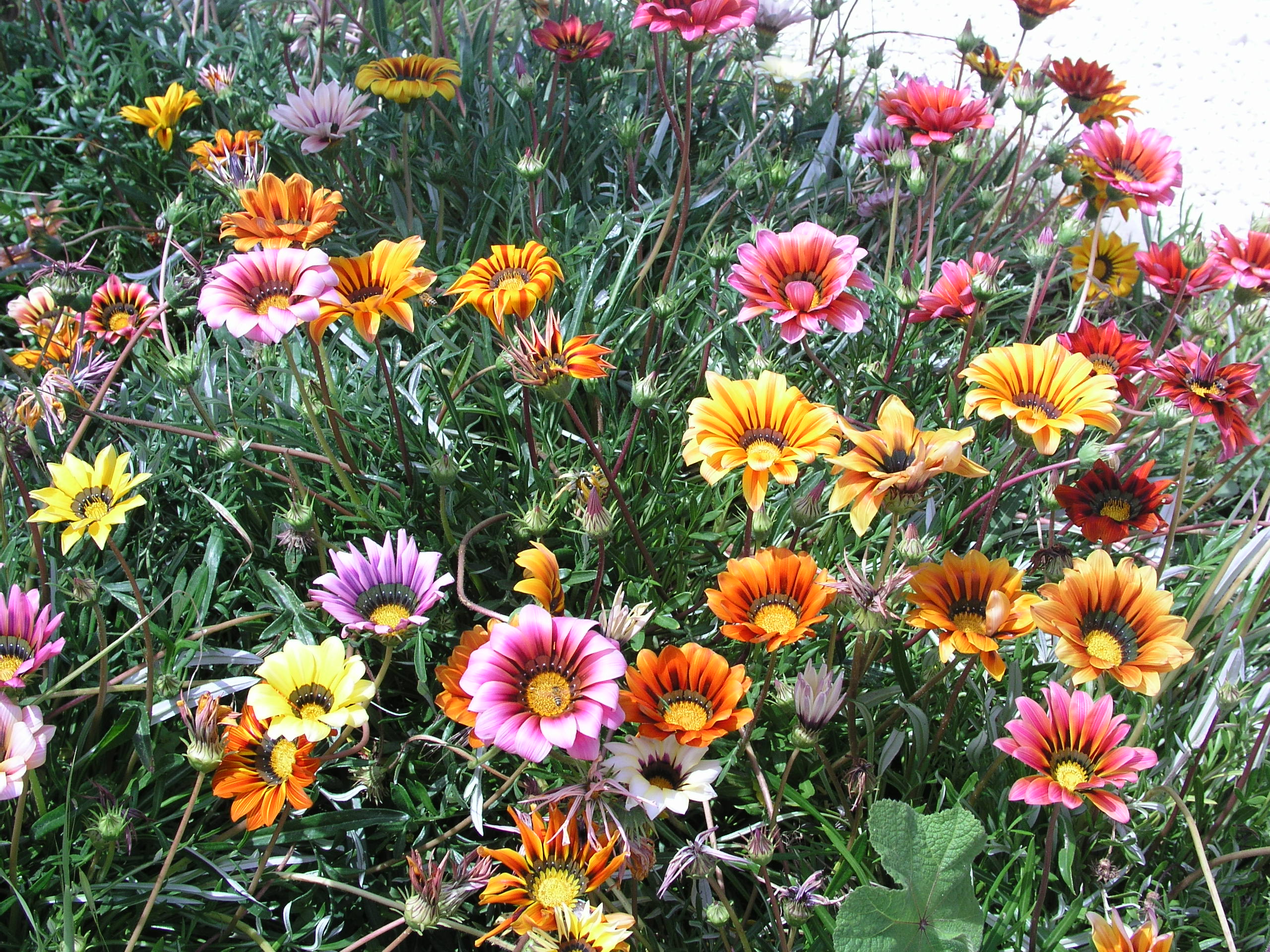
Pot plants are most vulnerable, especially if you will be away for any length of time. Move them into some shade for the next couple of months and they may survive with some minimal watering from obliging friends or relatives. Pelargoniums, another wonderful South African plant, make excellent pot plants but they need dead-heading and some moisture every couple of days or so. Remember though, that more plants die from over-watering than under-watering!
Annuals with tiny roots near the surface will probably have died off already, so collect any seeds and save them for autumn or spring sowing. Most weeds will have died by now, except for those with long tap roots able to search out any moisture deep down and you can see them thriving in fields lying bare after the harvest.
Climbers like hoya and stephanotis are soaring skywards in shaded spots, so make sure that they have some support so that they can climb away to do just that. Jasminum officinale and Cestrum nocturnum, (the lattermore famously known as Pakistani Nights here because of its heady perfume), scent the night air. Other climbers like Mandevillea splendens, known as the Brazilian Jasmine, with its lovely trumpet-shaped flowers in pinks, reds and whites, prefer more humid gardens as they started out life in jungle surroundings.
Insects are still around and you may be plagued by mealy bugs on any hibiscus shrubs that you grow. I hear from many parts of the island as they start to appear and they really are difficult to deal with. We have a hibiscus hedge which was almost obliterated during that cold spell last winter, but thankfully has recovered and we now have the first mealy bugs to contend with! This is a perennial problem and sadly does not go away, despite one’s best efforts.
My husband, whose job it is to keep them under control, swears by the finger and thumb method (but I am afraid that this method is not for the squeamish). Many of the other chemical remedies have not been successful long term. You may like to try Neem Azal-TS again. Mix 30-50 mls in 10 litres of water and spray the plants. Then try the same again 10-14 days later. It is important to spray the undersides of the leaves as well as the tops.
Or perhaps you would like to use a natural insecticide spray. In a spray bottle combine 1½ tablespoons of liquid soap with 1 litre of water, and a couple of drops of orange or lemon essential oil. Once combined, shake the container vigorously and spray on both sides of the leaves and stems too.
New growth on wisteria may be attacked by black flies, which weren’t around earlier on. If you live in a rural area keep a lookout for any young snakes as they like to lie on warm stones and drowse in the heat. We have found that they often have a favourite spot in which to cast their skin. They can also lurk under bushes and shrubs, so take care when clearing out old leaves from beneath them, adding them to your compost heaps along with salad and veggie leavings, but do make sure that the layers are not too deep or compacted. It greatly benefits the heap if you can turn it over occasionally, but it is not a job for a hot day! By autumn, the contents should be ready to dig into your beds, for any winter planting.
Keep dead-heading the rest of your plants and as the flowers turn to seeds remember that a lot of them are far from nice. In fact, some of them are downright poisonous! Every part of oleanders can be harmful and lantana berries, which look like ripe blackberries, are toxic.
Enjoy the summer and don’t try to do too much in the garden, just keep it ticking over. It can all wait until the weather begins to cool down, which according to local custom should be after Maria’s Assumption on August 15. So, try and keep cool till then!
Plant of the Month: Bearded Irises
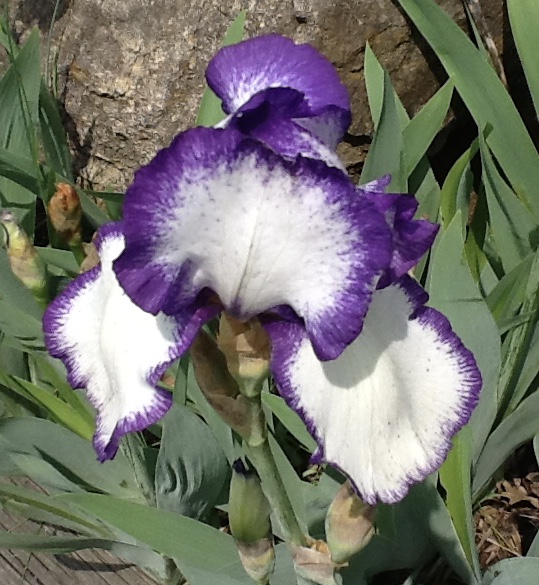
Now is a good time to look at your iris clumps and remove any dead or dying leaves as well as old flower stems, as there will be no more flowers from that part of the plant. Having removed any old leaves by pulling them off from the rhizome, reduce the others by cutting them down to around 8cm. This will allow the sun to get at the rhizome and hopefully produce gorgeous flowers next time round.
Every so often dig up the whole clump and separate out the rhizomes and replant in a new place making sure that the tops of the rhizomes are exposed to the sun and facing into it and the plant will hopefully produce the flowers for next time. The rhizome is the thick fleshy part of the plant and should lie on top of the ground with the roots tucked into the soil beneath.
Occassionally, the plants will sulk until they are properly settled into their new place and there may be no flowers for a while! If they are grown in shade they may not bloom either. Make sure that the soil is friable and water in well. I haven’t seen any named iris hybrids for sale here, which is a pity when there are many hundreds, including what are known as ‘re-bloomers’, which just means that they may bloom a second time in a season.
Bearded Irises with their little golden beards on white throats are a delight in the spring time. These white irises are called Iris albicans and have been cultivated since ancient times, when they were usually planted around Muslim graveyards, while the early blue flowered ones are Iris germanica, known in some places as Flag Irises.
Feed all irises during the winter with bone meal if you can get it, which will help the plant along or if that is not available, a rose feed will suffice.

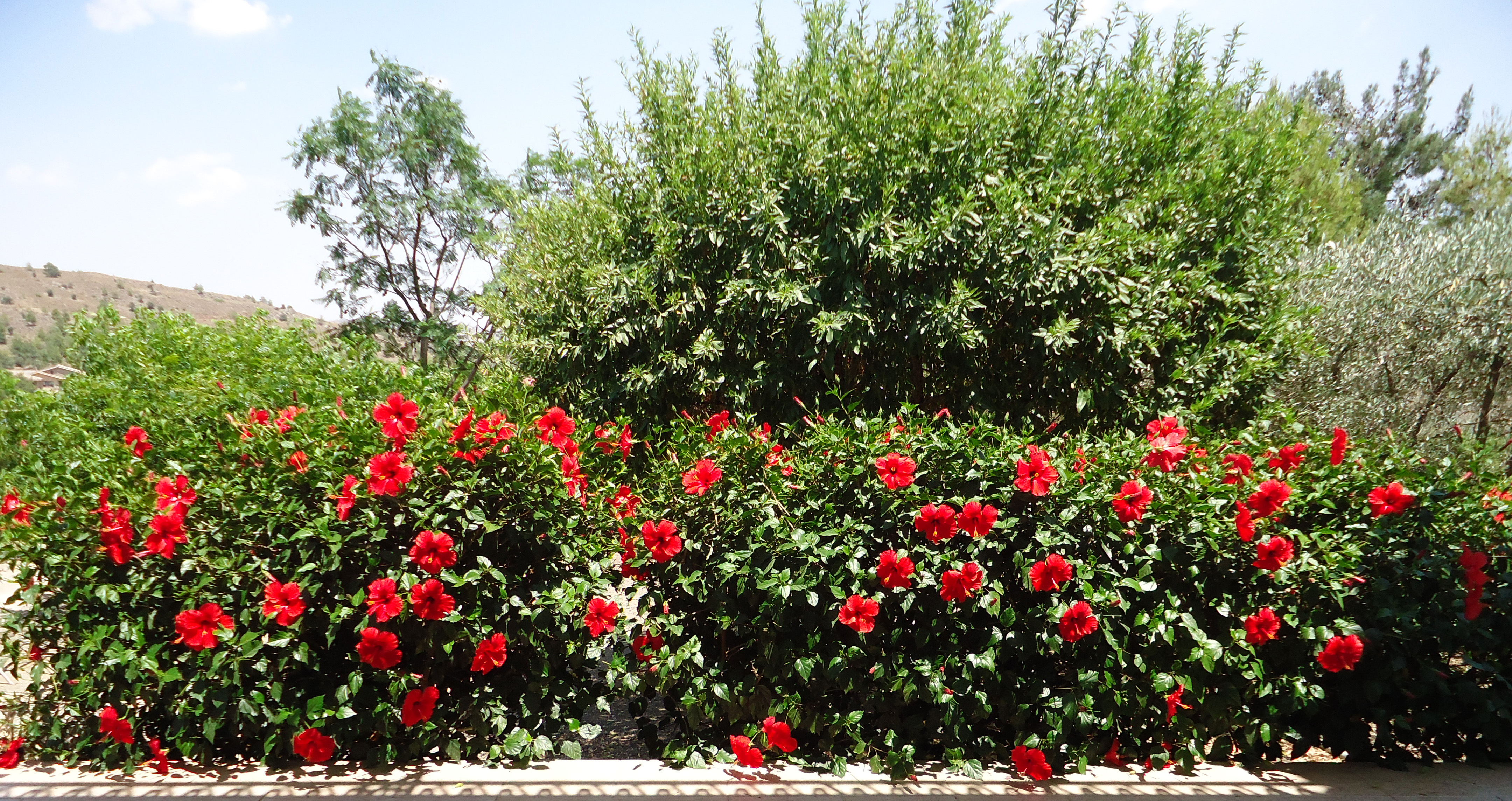
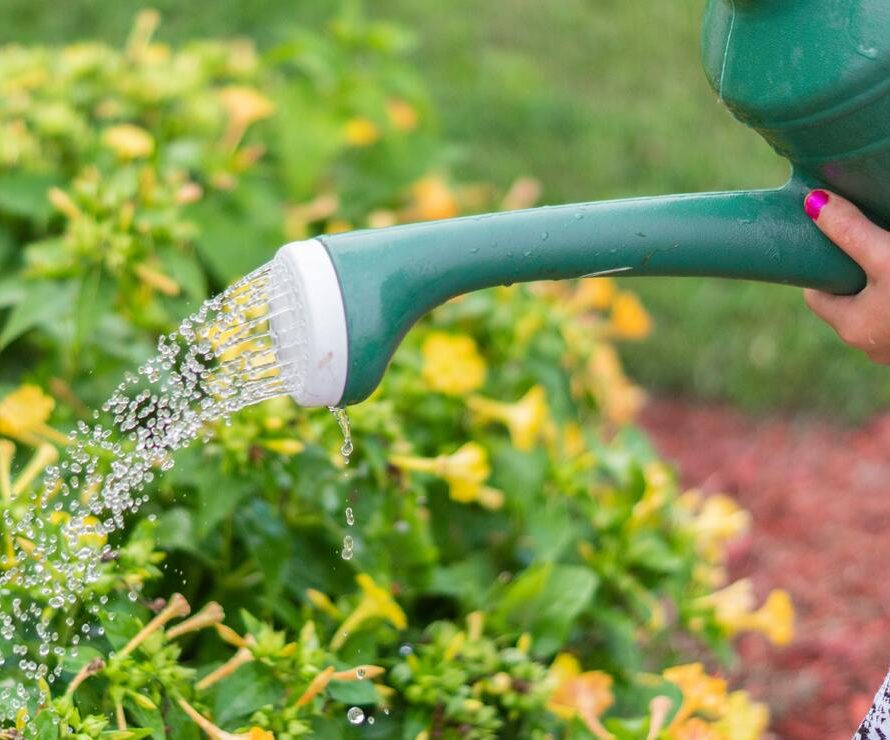
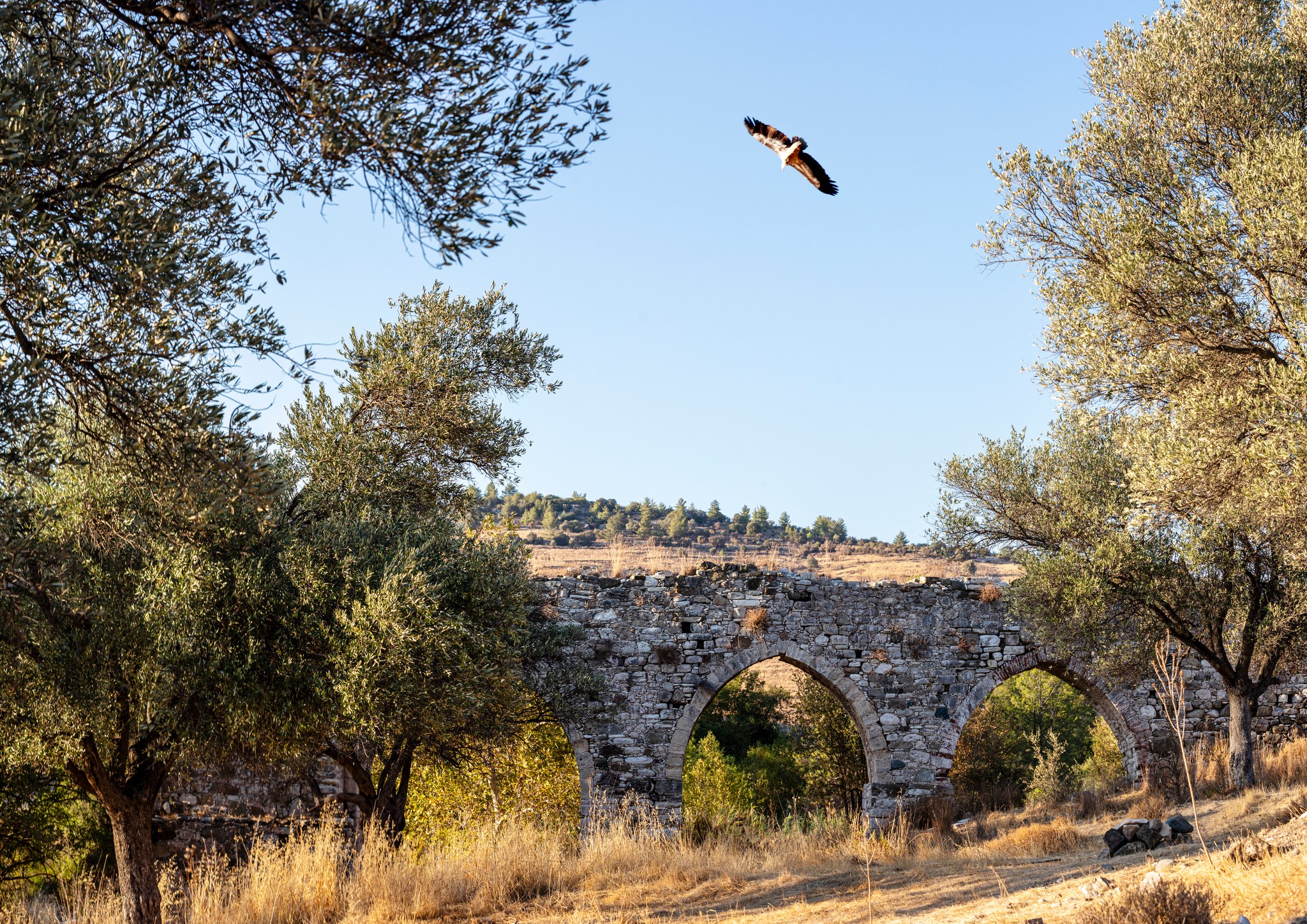

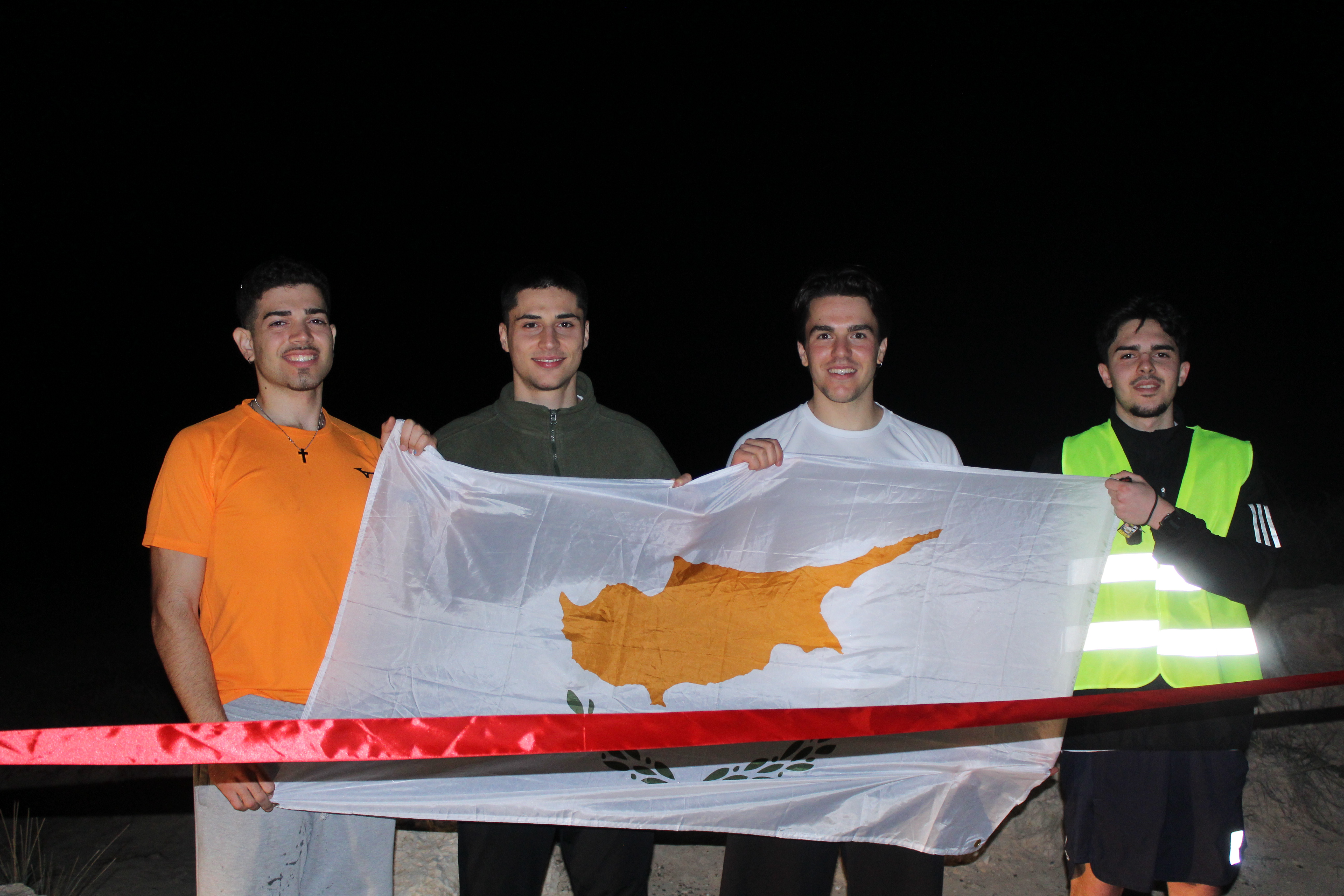

Click here to change your cookie preferences